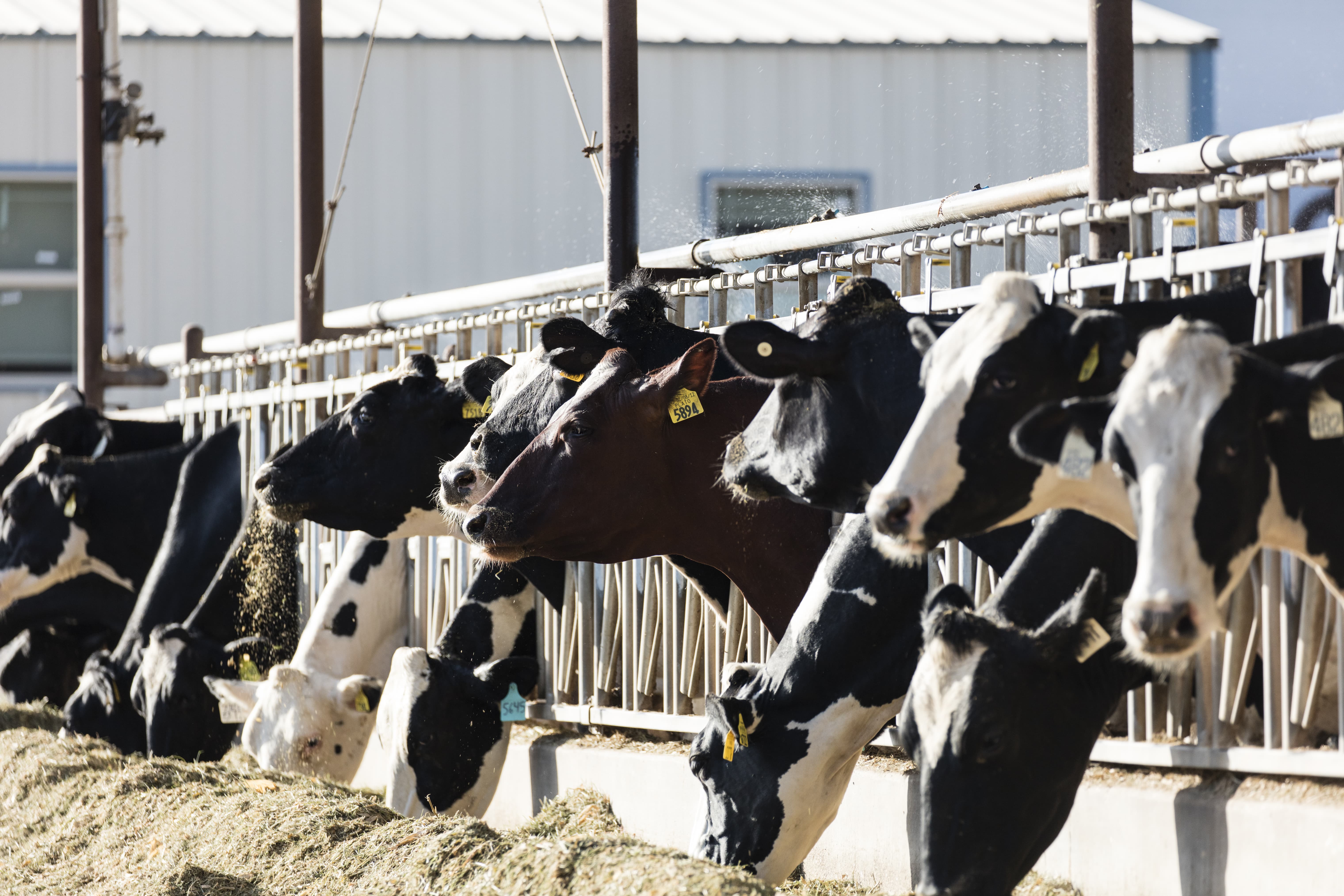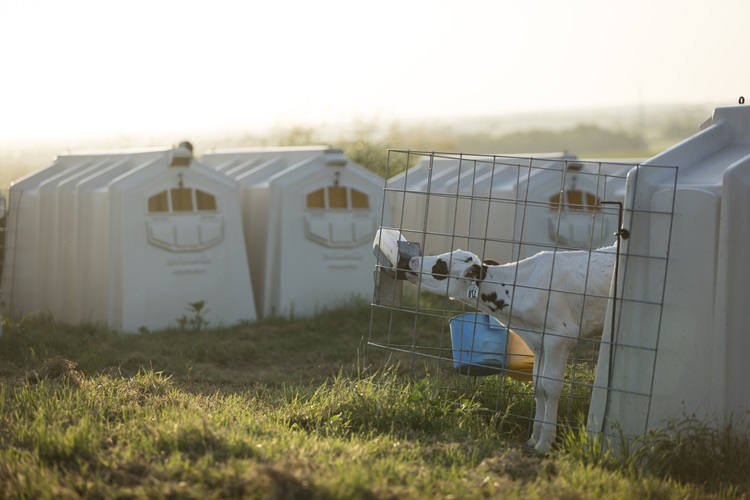Fly Identification: Which Flies are Bugging Your Herd?
It is no secret how damaging flies can be to a herd. Flies cause diseases like mastitis to spread, reduce weight gains, lower milk production and more. The first step in dealing with a fly problem on a dairy is to identify which flies are affecting your herd so that you can determine the most appropriate course of action for control. Fly infestations can quickly multiply overnight which is why a fly management program is necessary for the health of both your cattle and bottom line.
Identify Your Flies
House Fly
The house fly can be found where it feeds— on human food, animal waste and garbage. This pest breeds quickly and efficiently with females depositing 150 eggs at a time. Because of this, populations can increase dramatically in a short period.
You’ll know this fly by:
- Non-metallic dull grayish color
- Four distinct stripes on the thorax
- Pale yellowish abdomen
Stable Fly
This biting fly isn’t picky about where its next blood meal comes from. Stable flies will enjoy the blood of both animal and human hosts, causing stress on your herd and employees. Cleaning up grass clippings, compost and fecal materials reduces the breeding grounds of these insects.
You’ll know this bloodsucking fly by:
- Distinct checker-board pattern on the abdomen
- Smaller size
- Dull-gray color similar to the house fly
Face Fly
Named after where it likes to congregate, this known vector of cattle eye diseases is often found on the faces of cattle. They feed on secretions around the eyes, nose and mouth of cattle and can carry infection-causing bacteria, including bovine pink eye, to the animal. This pest breeds in fresh, undisturbed manure.
You’ll know the face fly by:
- Four stripes on thorax
- Yellowish/orange abdomen on males
- Appearance of flies on the cow’s face
Horn Fly
Typically found clustered on the backs of cattle, the horn fly feeds on the blood of animals, taking up to 40 blood meals a day. The female flies leave their hosts only to lay their eggs in fresh manure. With the stress caused by loss of blood and energy dislodging the pests, cattle affected by horn flies often have reduced weight gains, lower feed efficiency and decreased milk yields.
You’ll know this pest by:
- Smaller size
- Gray coloring
- Two stripes on the thorax
Once you have identified the flies around your herd, the next step is to act upon your knowledge. Implementing a proactive integrated pest management (IPM) program incorporating ClariFly® Larvicide will help prevent fly populations from rapid growth. ClariFly® Larvicide works as a feed through, preventing the larvae from developing in the manure of treated cattle. Learn more about how to identify and control the flies infesting your dairy, download our free IPM planning resource: https://www.centralflycontrol.com/-/media/files/centralflycontrol-na/us/resources/ipm%20program%20planning%20guide.pdf?la=en
ClariFly is a registered trademark of Wellmark International



